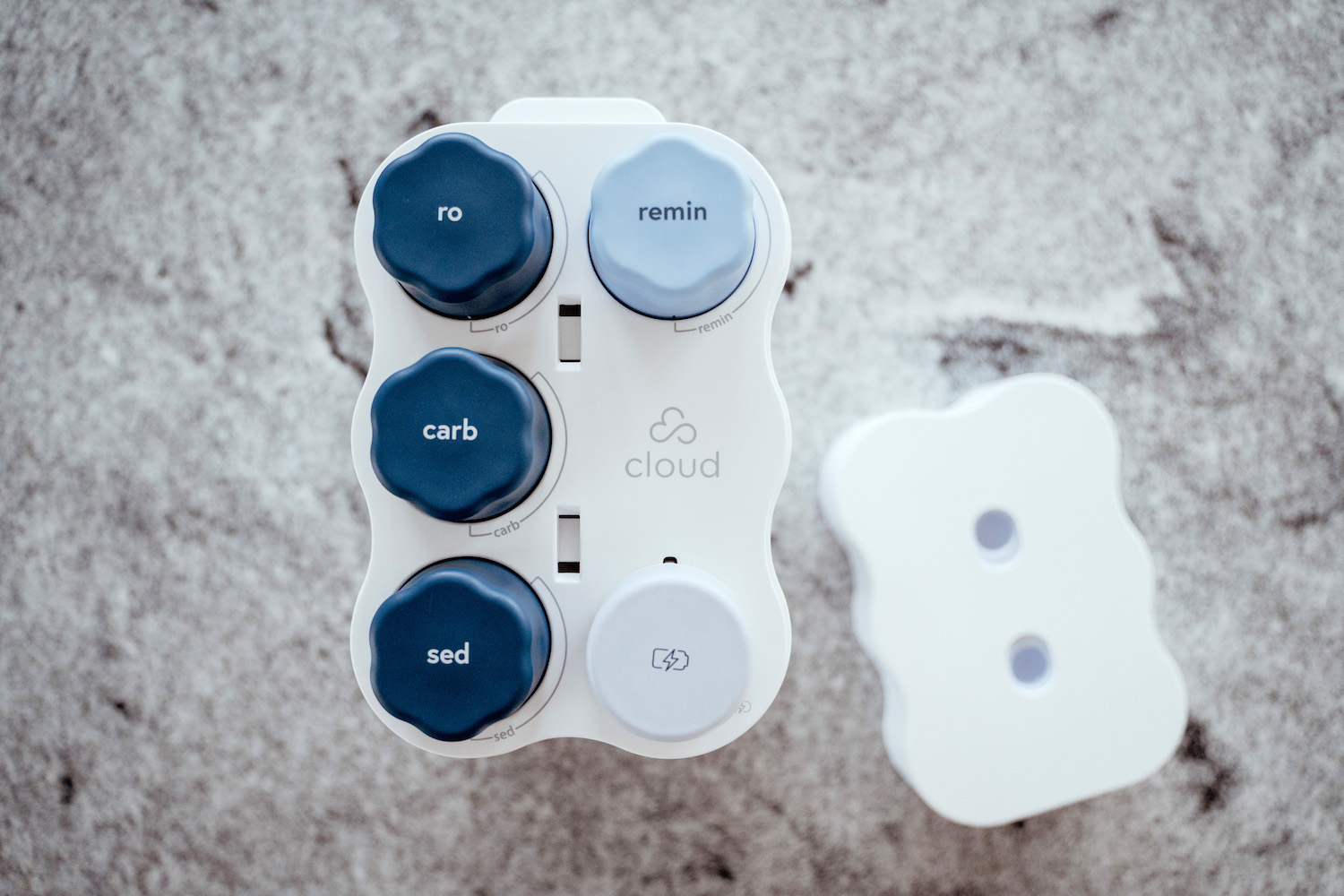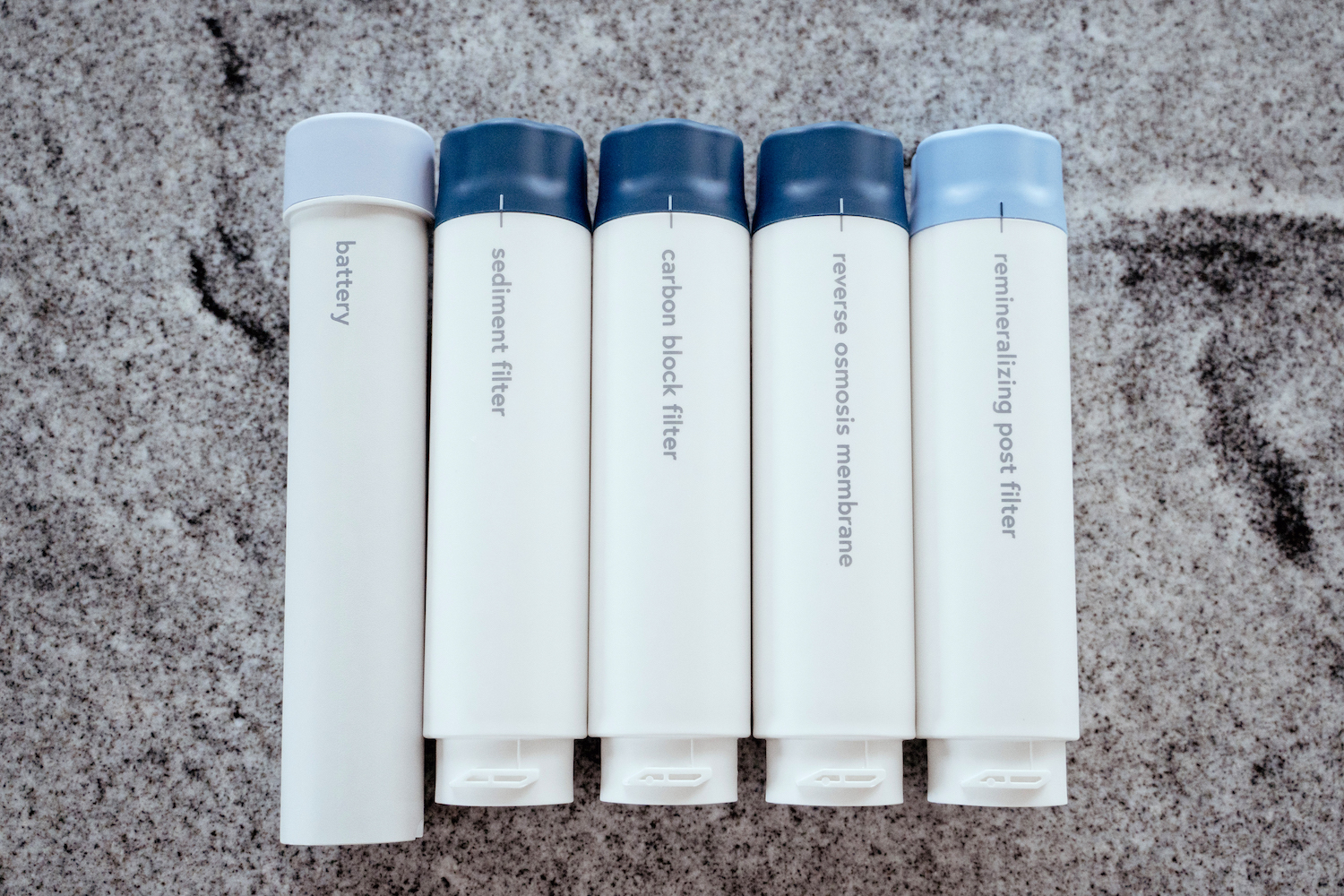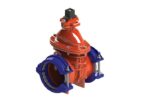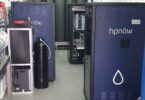The well-publicised water quality problems in the US mean many homeowners treat water to remove harmful pollutants. One way of making drinking water safe is reverse osmosis (RO), which can be very effective. Ben Zvaifler, of Cloud Water Filters, discusses how their advanced Cloud RO technology improves water quality.
Water Contamination in the US
For purifying water some systems, such as fridge filters, are convenient but not particularly efficient. Conversely, more efficient systems can be difficult to install and maintain. Cloud Water Filters decided to offer both and, as Ben notes:
“We are water snobs, we love clean, healthy water, but we did not love the options available. Simply put, we set out to build a better water filter.”
Across the US, tap water faces many issues due to lack of cohesive planning. The messy interface between federal regulations and local management created fragmented water systems.
“The vast majority of the infrastructure was built in the 1970s and, after 50 years of wear and tear, it’s crumbling.“
Sadly, there is little impetus for tackling aging infrastructure and almost a third of utilities violated the Safe Drinking Water Act with few repercussions. Even worse, 9 million customers are served by 50-year-old lead pipes:
“This is a unique problem because utilities can’t test for it. The water picks up lead and they have no idea unless they test at the point of use.”
Other pollutants include unregulated modern contaminants like PFAs, which consumers know are in the water. Speaking about the well-documented water crises in Flint and Jackson, Ben believes “it is becoming apparent to Americans that the government is constantly being reactive vs proactive.”
Because people expect drinking water to be safe, more Americans are buying water filters.
“All of the above erode trust. Americans wonder if they have been drinking contaminated drinking water for months or years. Consumers use filtration because they want a solution.”
Some types of filter do not remove all contaminants, so reverse osmosis is growing in popularity.

Ben Zvaifler, Founder & CEO of Cloud Water Filters
Cloud RO – The Next Generation
Cloud RO is a reverse osmosis system incorporating a tightly woven membrane with pores. After passing through filters, pressure forces the incoming water through the membrane, separating out 99% of contaminants and sending them to the drain before storing the purified water. Ben notes that:
“Due to all the unknowns with US drinking water, RO provides peace of mind. You can test tap water and find it has limited toxins today so you install a simple carbon filter, but what about tomorrow? What happens if the utility is in violation?”
Cloud RO was the culmination of deep technical research into current filtration systems alongside interviewing people to define the user experience.
“We gained a sense of all the pain points in the filtration space. We wanted to solve as many pain points as possible. Our goal was a system we would have in our own homes.”

The Importance of Minerals
Cloud RO uses a two-step process, starting with multi-stage filtration using a sediment filter, carbon block filter, anti-scale media, and the RO membrane. The next stage adds trace amounts of calcium, magnesium, potassium, sodium, and zinc, which raises the water’s pH to 8 – 9, improving taste and antioxidant properties.
“Remineralization isn’t necessarily novel, but integrating this step in the system sets Cloud RO apart.”
To increase the appeal, the company streamlined the design and emphasised ease of use.
“We landed on a modular design. The system breaks down into multiple pieces so installation is much easier. The filter stages are housed in the ‘Magazine’. This large canister pops off and consumers simply change the filters on their countertop.”
RO can be very wasteful with low flow rates, so a hydraulic permeate pump doubles flow rate and lowers the wastewater/water ratio to 1:1, 80% better than traditional RO.

Reverse Osmosis for Smart Homes
Smart technology shaped the design of Cloud RO because consumers want to know how well their filters are working and when they need changing.
‘We focused our sensor technology to make the system more transparent and track water quality at each stage.”
Measuring the water before and after treatment shows that the system is working, while sensors maintain the necessary pressure differential. The Cloud App lets users monitor filtration and water usage:
“We track how much water your household drinks each month. The app links into a water quality database and, using our relationship with water testing company, SimpleLab, displays toxins reported in your area.”
Cloud RO uses the data to trigger filter replacements, support maintenance, and track nationwide water quality. Going forward, Cloud Water Filters intends to continue developing new products without forgetting their social role.
“We will continue to invest in water quality and sensor technologies. We are working with labs to analyse customer data and understand the primary water concerns. At the end of the day, we want to gather point-of-use water quality data at scale to help America address its critical water system infrastructure failures.”
With Cloud RO technology, Americans can take responsibility for their own drinking water.







